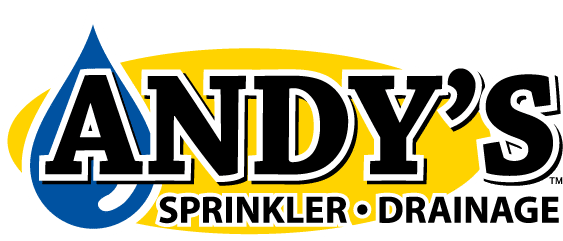Planning a Drip Irrigation System
Having a drip irrigation system installed in your yard is a smart way to ensure healthy landscaping, while helping to conserve water. Typically, a drip system consists of flexible tubing that is connected to drippers, also called emitters, which supply a specific amount water directly to the root zone of a plant. The professionals at Andy’s Sprinkler are experts in drip irrigation systems, and we can have one installed for you quickly so that your plants can get the exact amount of water they need to thrive.
Designing a Drip Irrigation System
The type of drip irrigation system that’s best for your yard depends on what kind of soil and plants you have. For example, a system used in clay soil will cover a wider area, while emitters used in sandy soil will sink in a more vertical fashion. This will not only affect the placement of the emitters used, but also the type. If you’re using your system for trees and large plants, you may need three or even more emitters, while smaller plants will only need one. This is why our irrigation systems are professionally designed, not designed by amateurs.
 In many instances, the installation process goes like this:
In many instances, the installation process goes like this:
- Your contractor lays out the system, including the emitters and tubing.
- The tubing is pinned to the surface of the soil.
- Wood mulch or other materials are used to cover the tubing so that it does not detract from your landscaping.
It’s very important that you have a professional perform this installation. An expert will know, for instance, that the irrigation emitters should never be buried under the soil because they can be clogged by small roots. It’s also important that the tubing is not covered with a mat or landscaping fabric, because that will make it difficult to add new plants or spot problems with the system. If you have any questions regarding drip irrigation or you’d like to schedule an appointment for an installation, call Andy’s Sprinkler at 817-608-0660 or contact us online.
